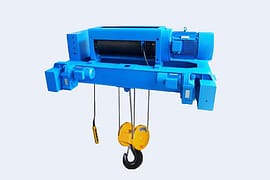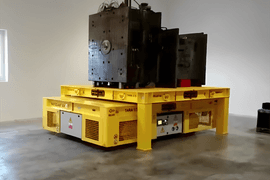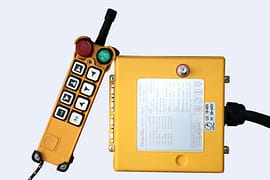How Long Can a Overhead Crane Last? What Affects It?
Introduction
Cranes play a vital role in numerous industries, enabling the lifting and transportation of heavy loads with precision and efficiency. They are divided into different types, including light cranes, overhead cranes, gantry cranes, and jib cranes. However, just like any other piece of machinery, cranes have a limited lifespan. The questions we get a lot are like”How long will my crane last?” or”Should I replace my crane or have maintenance?”
So firstly, here is an infographic to quickly answer your question about the lifespan of cranes and show you the 5 key reasons that affect it.

How long can a typical crane last? When should I replace my crane?
The lifespan of a crane refers to the period during which it remains functional, efficient, and safe to operate. When the crane cannot operate safely or functionally, it may need maintenance. The safe working life of a crane mainly depends on the working life of its metal structure without fatigue cracks. The life of a crane structure is defined as 15 to 50 years, usually 30 years. But when the cost to fix or maintain it outweighs the costs and benefits of replacement, it is the economic end of its life. You need a replacement then.
Taking the Overhead Crane Lifespan as an example, it generally varies in the Working Class. The lifespan of working class A1-A2 is 30 years, A3-A5 is 25 years, A6- A7 is 20 years. Another example is Gantry Crane. The lifespan of gantry cranes is usually 10 to 15 years. Besides, heavy duty cranes always lift large loads, making metal structures and stressed parts more likely to deform and crack. The lifespan of special cranes like Metallurgical Cranes, is shorter, generally 10-15 years, with maintenance and inspections. However, due to various reasons, these may be different in practice.
Aspects Influencing the Lifespan of Cranes
Crane life expectancy influenced by many aspects, including:
- Quality of Construction and Materials:
The construction quality and materials used in manufacturing a crane are crucial determinants of its life expectancy. Cranes built with high-quality components and robust materials are generally more durable and long-lasting. Components such as the boom, mast, cables, and control systems should be carefully inspected for quality before purchasing a crane. - Environmental Conditions:
The environmental conditions in which a crane operates can have a substantial impact on its lifespan. Extreme temperature, humidity, corrosive substances, and exposure to harsh weather elements can accelerate the wear and deterioration of crane components. Protective measures, such as anti-corrosion coatings and regular cleaning, should be employed to mitigate the effects of adverse environmental conditions. - Regular Maintenance and Inspections:
Regular maintenance and inspections are paramount to maximizing the lifespan of a crane. Routine inspections help identify any signs of wear and tear, damage, or malfunctioning components. Proper lubrication, alignment adjustments, and timely repairs should be carried out to prevent minor issues from escalating into major problems. - Operator Training and Competence:
The competence and training of crane operators significantly impact the lifespan of the equipment. Well-trained operators are more likely to operate cranes within their specified limits, avoiding undue stress on the machinery. Additionally, operators should adhere to recommended operational procedures and safety guidelines to minimize the risk of accidents and potential damage to the crane.
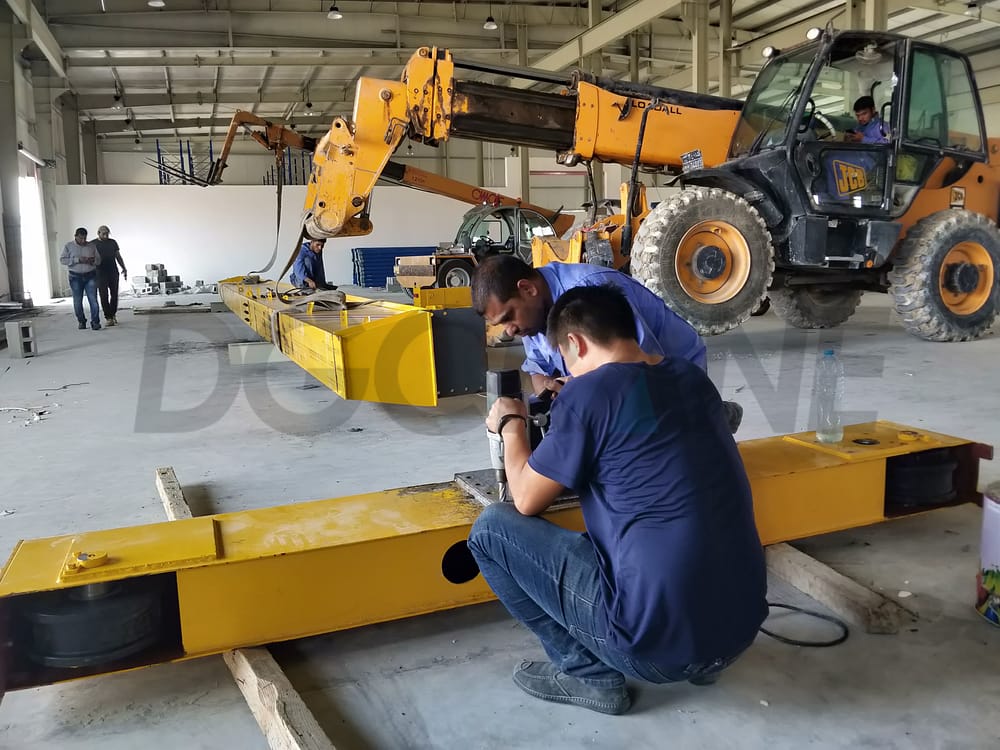 DGCRANE’s Team flew to Qatar to Provide Support Service
DGCRANE’s Team flew to Qatar to Provide Support Service
Among those aspects, environmental conditions and improper operation are the main aspects, and 5 key reasons of them (showed in the infographic) are most noticed.
Conclusion
In conclusion, crane life expectancy can be significantly extended through careful consideration of various factors. Investing in high-quality construction, implementing regular maintenance and inspections, prioritizing operator training, protecting against adverse environmental conditions, and considering upgrades and modernization can all contribute to maximizing the lifespan of cranes.
DGCRANE is a crane specialist. According to your specific need, we provide BUT are not limited to:
- High-quality cranes
- Professional operator training
- Guidance of our expert
- Various crane parts
- Exceptional after-sales maintenance
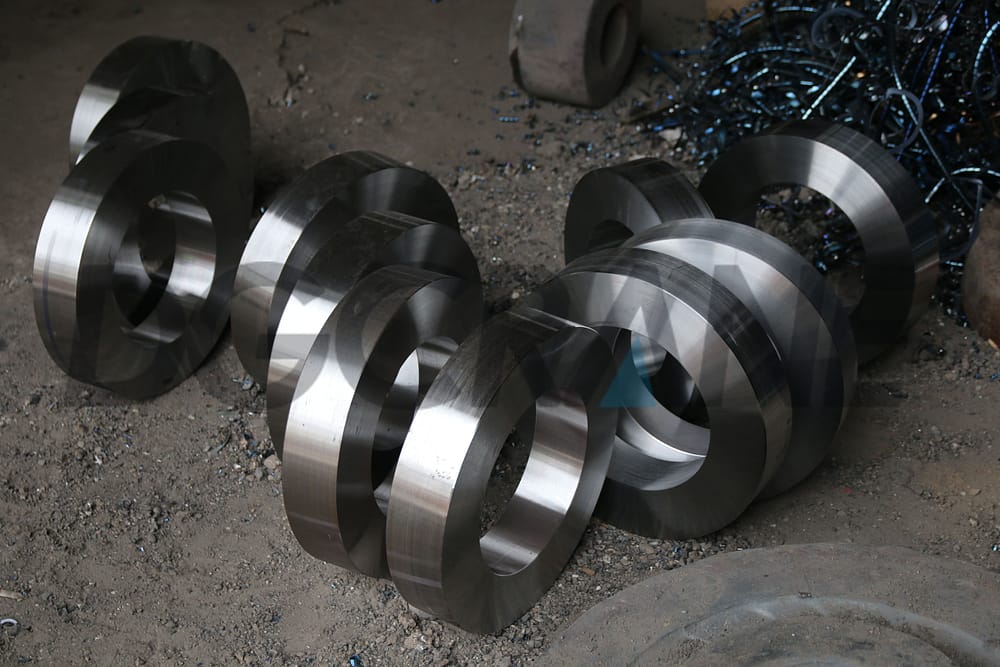 DGCRANE’s Crane Wheels (Click Here to Know More)
DGCRANE’s Crane Wheels (Click Here to Know More)
Choosing DGCRANE means that your cranes remain reliable and efficient, ultimately saving costs and improving operational productivity. For more information about cranes and crane parts, check out our homepage or speak to our experts.
CONTACT US to get the tailor-made solution for you NOW!














































